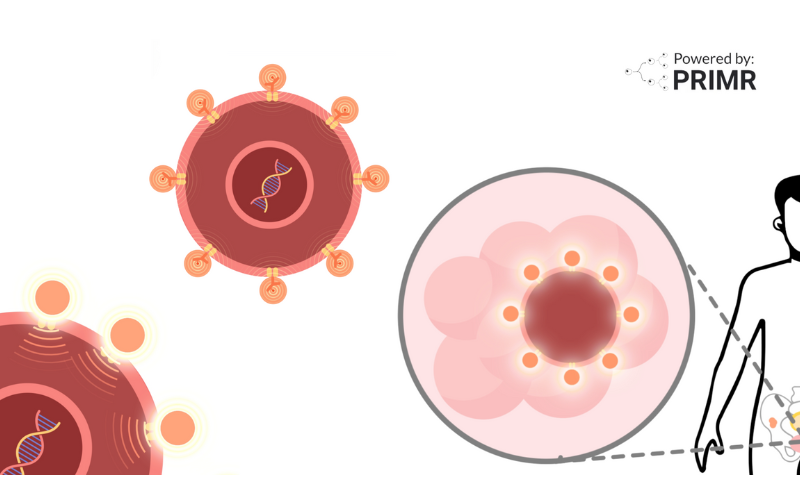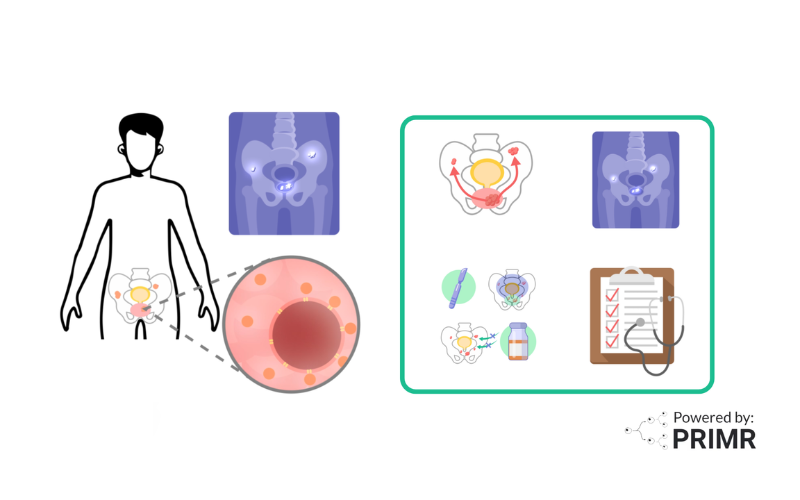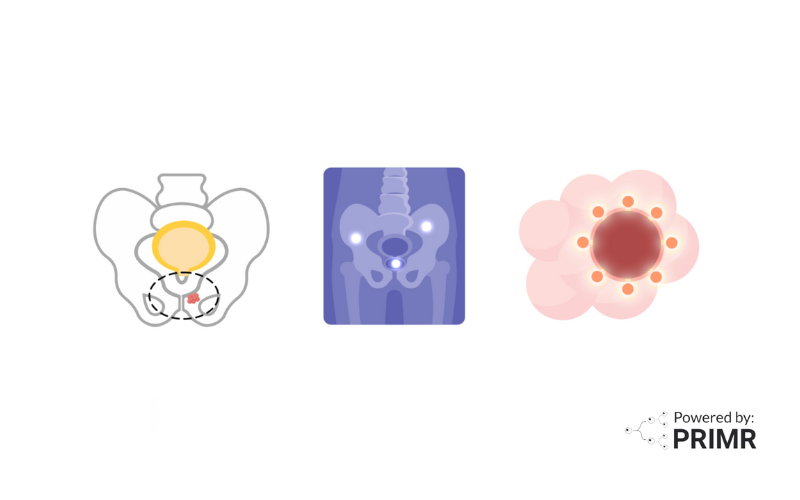Double-Blinded Randomized Clinical Trials: The Gold Standard for Medical Research

By: David Grew MD MPH
Clinical trials must be designed to minimize the risk of bias and produce reliable results.
∗ ∗ ∗
When I was broke in public health school I snagged a flier for a clinical trial looking for healthy volunteers. I think it paid $100. At the time $100 felt like $1,000,000, so I was more than happy to roll up my sleeve.
The trial was double blinded and randomized. Everyone got aspirin, and there was a randomization to the infusion of saline versus erythropoietin - a chemical released by kidneys to promote the production of new red blood cells. The end point was bleeding time, and they cut my arm with a razor and measured the time it took to clot.
Since it was blinded, I didn’t know whether I received erythropoietin (EPO) or not. The chemical was made famous around that time because of Lance Armstrong’s improbable string of Tours de France - mostly fueled by an EPO-juiced hematocrit. I was not a competitive athlete, but it definitely felt like my jogs around campus were easier. Was I on saline, or did I really get a life from EPO?
Double-blinded randomized trials are one of the most effective ways to conduct a clinical trial. In today’s blog post, we’ll review the rationale for these studies, the problems and biases they aim to solve, the history and inception of randomized blinded design, and give a modern example of a blinded study that changed medical practice.
The Rationale for Double-Blinded Randomized Trials
Clinical trials must be designed to minimize the risk of bias and produce reliable results. Double-blinded randomized trials aim to do precisely that by minimizing the effect of any preconceptions or expectations on the part of the researchers or participants. In a double-blinded randomized trial, neither the researchers nor the participants know which group they belong to.
Randomization ensures that each participant has an equal chance of being assigned to any of the treatment groups, thus eliminating any potential for selection bias. Blinding ensures that the researchers cannot influence the outcome by consciously or unconsciously favoring one group over the other. Double-blinding is particularly important because it ensures that neither the participants nor the researchers know which treatment group they belong to, thus minimizing the placebo effect.
Every doctor has internal biased views of some treatments over others. Sometimes bias is unconscious. Maybe a prior patient had a particularly good or bad experience, maybe a mentor hammered home a specific point about a drug or device. Blinded, randomized trials eliminate the element of human bias, to preserve data integrity.
The History and Inception of Randomized Blinded Design
The first randomized clinical trial was conducted by the British physician James Lind in 1747. He randomized sailors with scurvy to various treatments, including citrus fruit, vinegar, and seawater. The men who received citrus fruit improved more than any of the other groups, and this eventually led to the widespread use of citrus fruits on British ships.
Randomized blinded trials became the gold standard for clinical trials in the mid-twentieth century. The first double-blinded randomized trial was conducted in 1948 by the British Medical Research Council. The trial was designed to evaluate the effectiveness of streptomycin in treating tuberculosis, and it demonstrated that the drug was effective in treating the disease.
Modern Example of a Blinded Study that Changed Medical Practice
One example of a blinded study that changed medical practice is the Women's Health Initiative (WHI) study. The study was a double-blinded randomized controlled trial that aimed to evaluate the effects of hormone therapy on postmenopausal women's health. The trial included more than 27,000 women and ran from 1991 to 2002.
The study found that hormone therapy increased the risk of breast cancer, stroke, and heart disease, leading to a significant reduction in hormone therapy prescriptions. The WHI study demonstrated the importance of randomized controlled trials in identifying the risks and benefits of medical interventions.
Why Aren’t all Clinical Trials Blinded and Randomized?
One significant downside of double-blinded randomized trials is their cost and complexity. These studies require a considerable investment of time, money, and resources to design, conduct, and analyze. For example, in some studies, the medication or intervention being tested may be expensive or difficult to administer, which can make randomization and blinding challenging.
Another challenge of double-blinded randomized trials is the risk of participant dropouts or noncompliance. In some cases, participants may withdraw from the study because they believe they are not receiving the treatment they want, or they may not comply with the treatment regimen if they suspect they are in the placebo group. These factors can negatively impact the study's results, particularly if a significant number of participants drop out or fail to comply with the treatment regimen.
Additionally, some types of studies may not lend themselves to double-blinded randomized designs. For example, observational studies, such as those that examine the effects of lifestyle factors on health outcomes, are not amenable to randomization because the participants cannot be randomly assigned to different lifestyles.
***
Double-blinded randomized trials have revolutionized clinical research by minimizing bias and producing reliable results. These studies have played a crucial role in identifying effective treatments and therapies and eliminating ineffective or harmful ones. At PRIMR, we made a video to help participants understand blinded, randomized study design.
Years after enrolling, I got an email from the principal investigator on the EPO study - he said the study was complete and he was contacting all participants to reveal their treatment arm. Turns out I got erythropoietin! So my jogging tolerance was in fact performance enhanced, not placebo! 🏃♂️
FAQs:
How do researchers ensure the randomization process in double-blinded trials is truly random and unbiased?
Researchers typically use computer-generated randomization schemes or random number tables to assign participants to treatment groups. This ensures that each participant has an equal chance of being assigned to any treatment group, minimizing the risk of selection bias. Additionally, researchers may employ stratified randomization to ensure balance across important participant characteristics, such as age or severity of the condition being studied.
What specific measures are taken to address and minimize participant dropout and noncompliance in double-blinded randomized trials?
These strategies may include providing thorough participant education and informed consent processes, offering incentives for participation, implementing rigorous follow-up procedures, and employing strategies to enhance participant engagement and retention throughout the trial. Additionally, researchers may use intention-to-treat analysis to include all randomized participants in the analysis, regardless of adherence to the treatment regimen, thus minimizing the impact of dropout and noncompliance on the study's results.
Are there any ethical concerns or debates surrounding the use of placebo groups in double-blinded trials, especially in cases where effective treatments are already available?
Critics argue that withholding a potentially beneficial treatment from participants in the control group may be unethical, as it exposes them to unnecessary harm or denies them access to care. However, proponents argue that placebo-controlled trials are essential for establishing the efficacy of new treatments and ensuring that any observed effects are not merely due to the placebo effect. Ethical considerations in such cases often involve careful balancing of risks and benefits and ensuring that participants are fully informed and provided with appropriate care throughout the trial.
Other Posts

Nuclear Medicine: PSMA Treatment Explained from a Doctor’s Perspective

Nuclear Medicine: PSMA Imaging and Its Impact on Prostate Cancer Care
